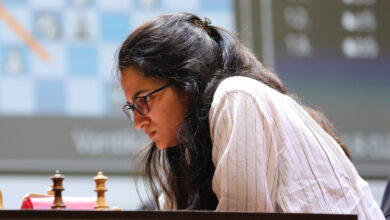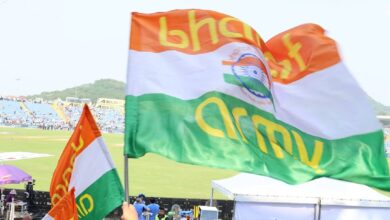Duckworth-Lewis-Stern (DLS) method— What is it and when is it used?

Ireland beat England five runs on Wednesday what seems to be an upset of the tournament at MCG through the Duckworth-Lewis-Stern method.
In a rain-interrupted game, Ireland kept picking England’s wickets at regular intervals. England middle order batter Moen Ali who saw the clouds coming anticipated the rain and tried to score some quick runs to get par on the D/L/S method yet England fell five runs short in the end.How is the Duckworth-Lewis-Stern method calculated?
Depending on the number of overs remaining and wickets that have fallen there is a calculation of “Resources remaining”. The method considers the number of wickets in hand as it is easier to chase a total with 10 wickets in hand compared to four or five down when rain interruption happens.
The first iteration of the D/L method was bought into use in the 1997 world cup. Prior to that, a method was used which was hugely favorable to the chasing side. In the older method, only the run rate of the chasing team was taken into consideration.
The D/L method worked till 2015. In the 2015 World Cup, the scoring rates of the team shot up it was then the method needed some modification. Australian Professor Steven Stern came in with a new algorithm then the name changed from D/L to the D/L/S method.When is the Duckworth-Lewis-Stern method used?
The method is used when there is a rain interruption in the game due to which the overs are cut down or the in the second innings of the game if rain interrupts the chasing team’s position is calculated this method.
In a One-day game, a minimum of 20 overs need to be bowled for a result that is the team’s position of whether it is a win or loss depending on the runs needed and wickets in hand. Similarly in a T20 contest, a minimum of five overs is needed. However, in the recently washed-out game between South Africa and Zimbabwe. South Africa needed 64 runs to win the game.
The proteas managed to score 51 runs in just three overs nonetheless, the match was declared no result as five overs could not be bowled.







